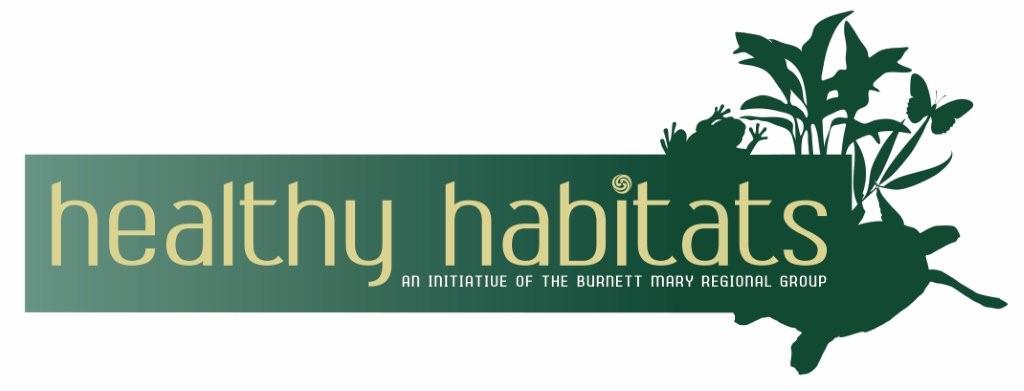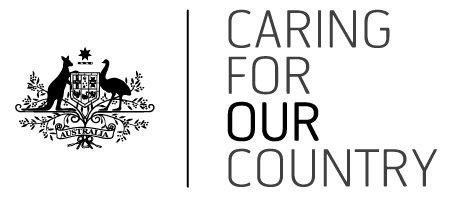Co-ordinated Feral Pig Control
Year: 2012
Program: HEALTHY HABITATS
The People

Feral Pigs are a known pest in the inland Burnett, but funding from the ‘Healthy Habitats’ program resulted in seven landholders taking advantage of the first round of co-ordinated baiting program at the end of the 2012 Summer season.
Seven property managers/owners from Hawkwood, Auburn and surrounding areas registered their interest in the co-ordinated program that was run by BCCA. All beef producers, they identified that they had a problem or had at least seen evidence of feral pigs on their property and took up the opportunity to be part of a wide-spread action against the pest.
The seven properties range in size, location and ecosystem values, but the general Hawkwood-Auburn area was selected as the target area for this project as a large number of threatened plants and animals are known to inhabit mostly forested areas including the state forests and national parks, but also on freehold land in remnant areas.
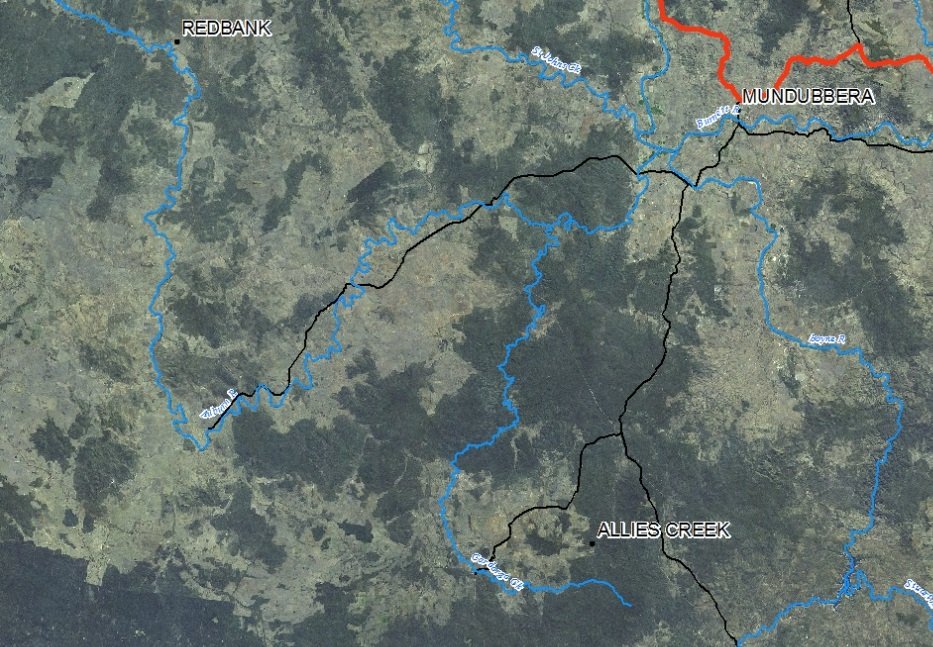
The Opportunity

Feral pigs are a declared pest in Queensland and while pig shooting is a favourite pastime for some, pigs are still relatively abundant in our area. They are also a mobile animal and which can make managing them on one property alone once or twice a year a futile activity.
So with this all in mind, while still not covering every square inch of the region, 140kg of poisoned liver was laid across the properties, shared amongst the seven landholders. North Burnett Regional Council’s Lands Protection Officers were partners with us on this project as they supplied the 1080 poison and some local advice for pig control in the north Burnett.
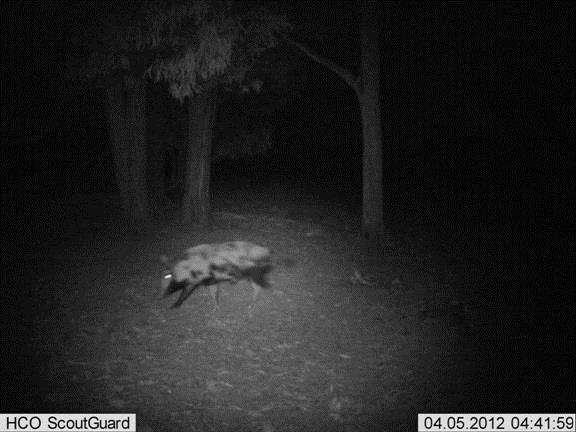
The Plan

The baits were laid just before Easter 2012, targeting the feral pigs before they moved from the forested areas to our region’s cropping areas for the winter, where they would find better food. The dosage of 1080 bait used in these baits is twice as strong as that used for wild dog baiting, and while wild dogs may have shared in the poisoned bait, the concern was for non-target animals taking the poisons. New technologies are being produced to manage what animals can access these baits, such as the Hog-Hopper™, however more often than not it is the target species that takes the bait, not the native species.
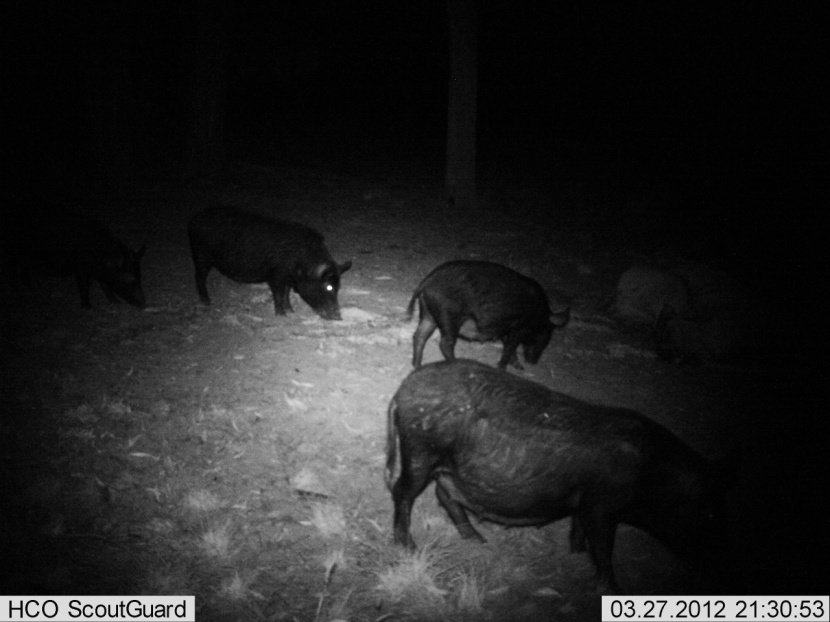
The Result

An infra-red camera was set up at one of the baiting stations before, during and after baiting. Feral pig activity did not reduce, however it appears that some pigs that were photographed before and during baiting were not photographed in the weeks after baiting, indicating that some animals may have been poisoned and killed. However, the baiting activity has not killed all the pigs as piglets and different adult pigs where photographed still weeks after the baiting activity.
The Future

This baiting program was widespread, however there were many gaps on private and state land where baiting was not being undertaken, and so it is hoped that in the future any co-ordinated baiting programs will be better participated, and therefore have a greater spread of baits, and hopefully a greater impact on the number of feral pigs.
Program Sponsors
This project was supported by the following partners and investors.
